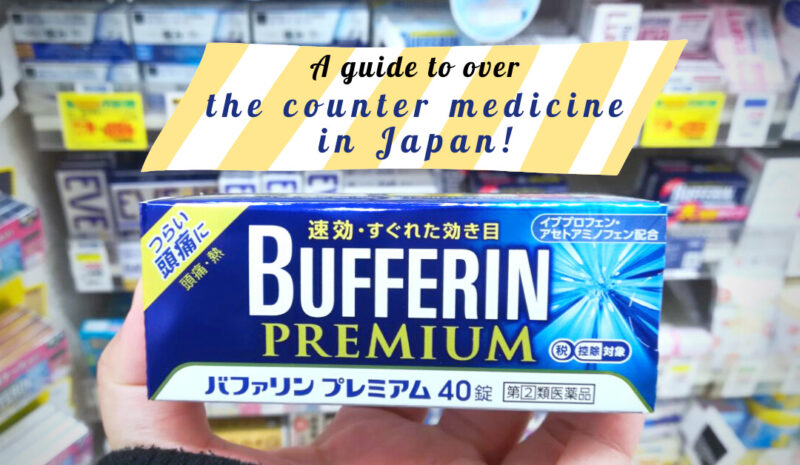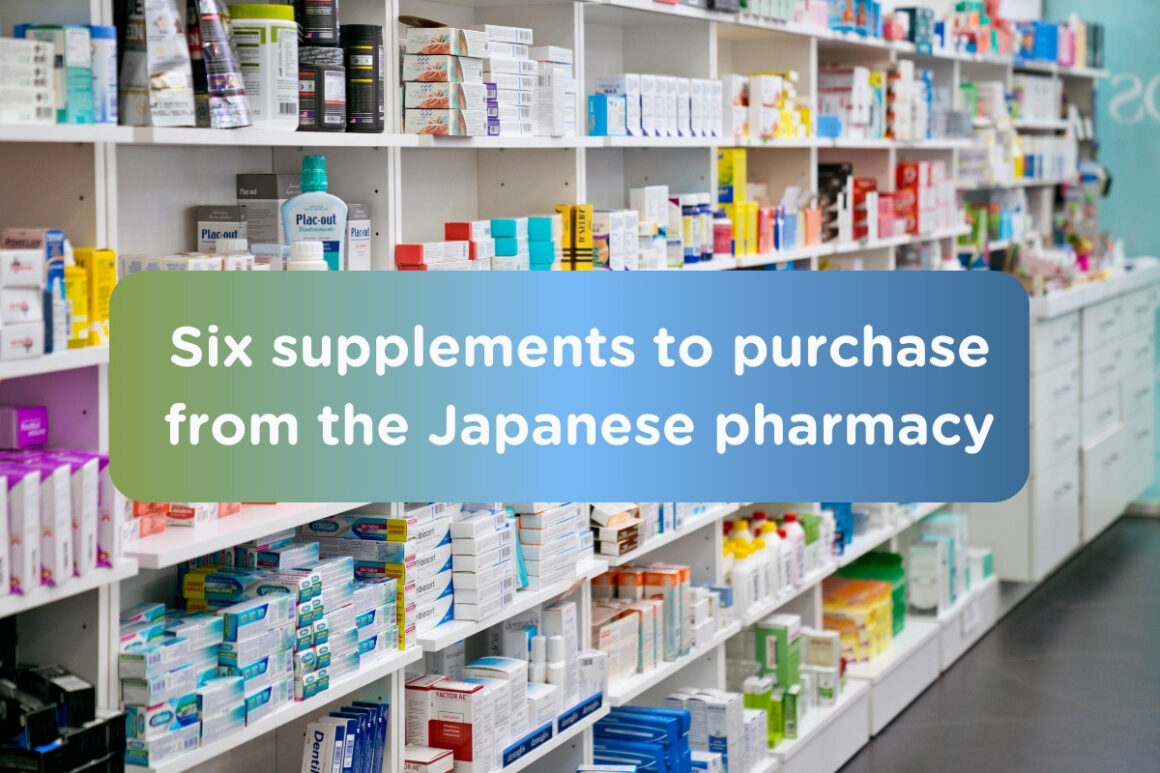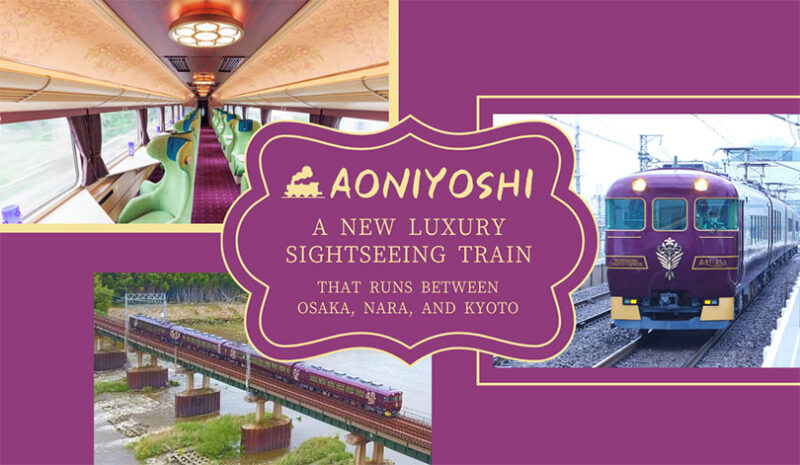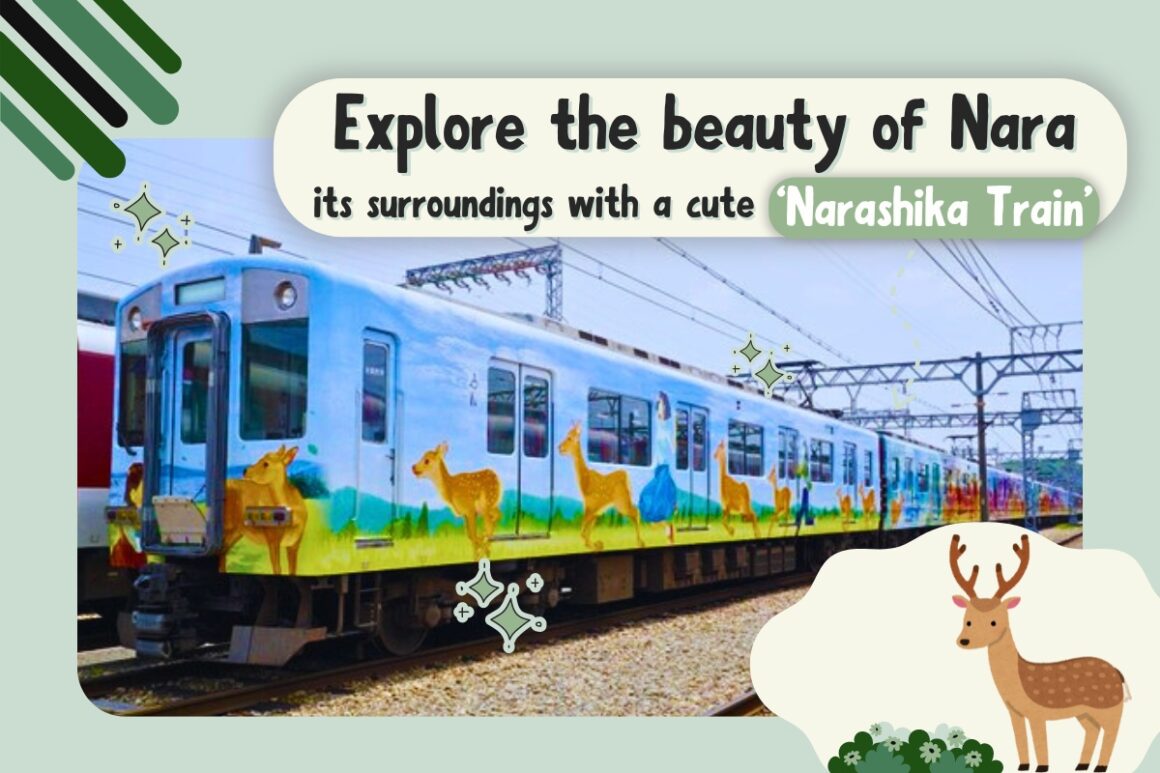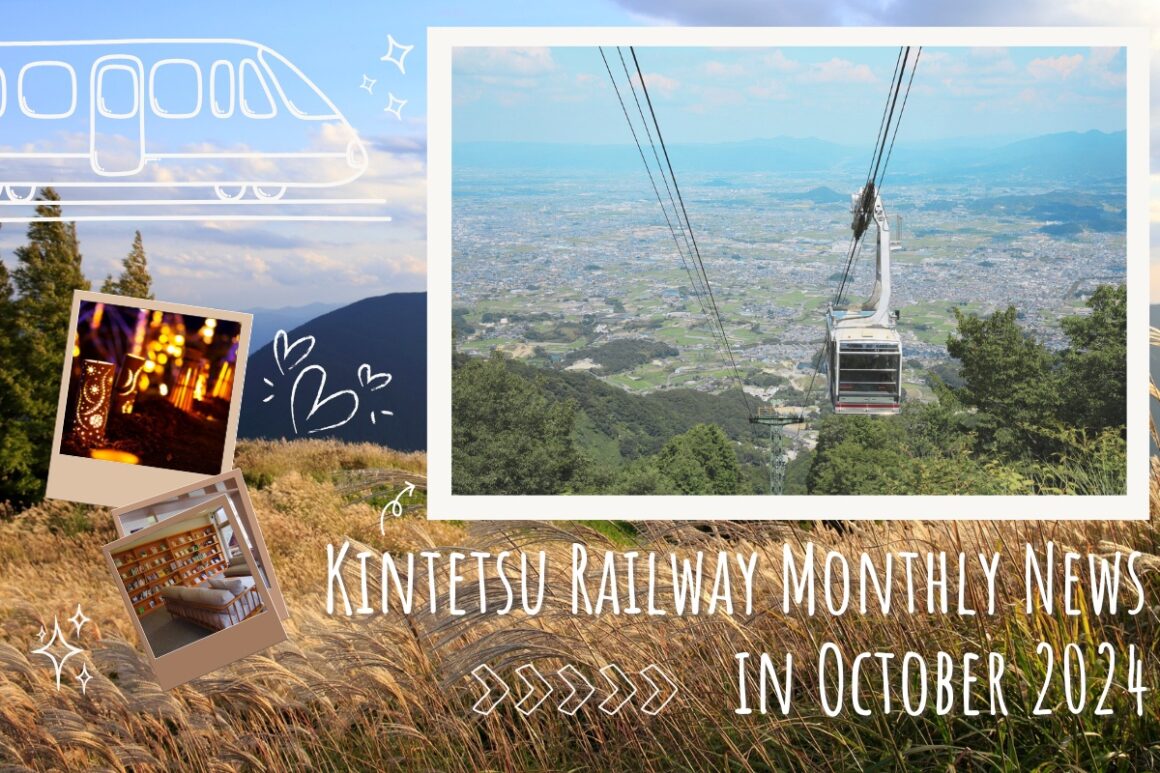Must-visit shrines and temples in Hiroshima
Aug 02, 2024
Must-visit shrines and temples in Hiroshima
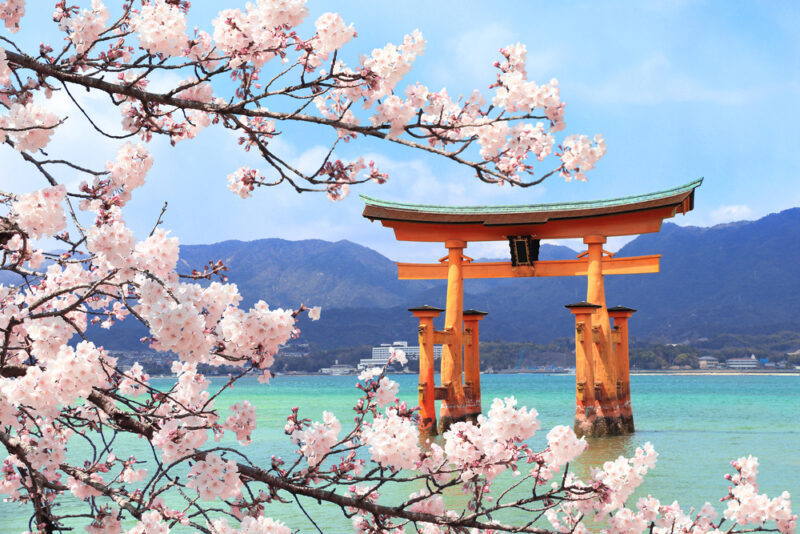
Itsukushima Shrine on Miyajima is perhaps the most famous and popular shrine in Hiroshima, particularly known for its torii gates that stand in the water. However, Itsukushima Shrine is not the only shrine Hiroshima is famous for, as many other shrines and temples dot the prefecture, most of which are located in the countryside.
Hiroshima is home to historic shrines and temples, packed by visitors every year for their amazing festivals and blooming scenery. To give you more insights, we’ve compiled a list of must-visit shrines and temples in Hiroshima.
Index : Must-visit shrines and temples in Hiroshima
1. Mitakidera Temple
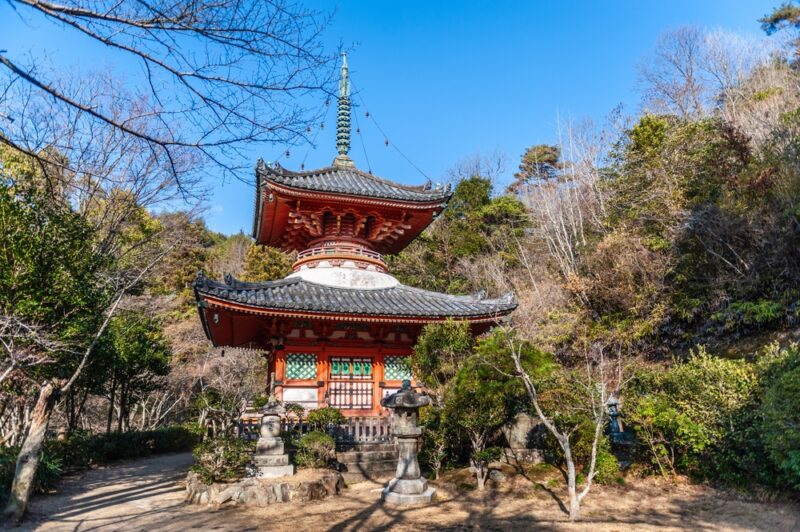
Shutterstock / Goldilock Project
Mitakidera Temple is a Shingon Buddhist temple built in Hiroshima in the year 809. The temple grounds have three waterfalls, and the temple was named after this. Mitakidera means “three waterfalls temple”, and the temple is widely known for its beautiful mountain scenery, cherry blossoms in spring, and stunning red leaves in autumn.
The temple is known for its beautiful, vermilion-coloured pagoda, which sits on a hill next to the entrance. The pagoda was brought to the temple grounds in 1951 from Hiro-Hachiman Shrine in Wakayama Prefecture, as a part of a memorial service for the victims of the atomic bomb.
Mitakidera was established by Kukai back in 809, and dedicated to Kannon, the goddess of mercy. The temple is also part of the Chugoku 33 Kannon Pilgrimage, a long Buddhist pilgrimage route that leads to 33 Kannon temples around the Chugoku region.
2. Hiroshima Gokoku Shrine
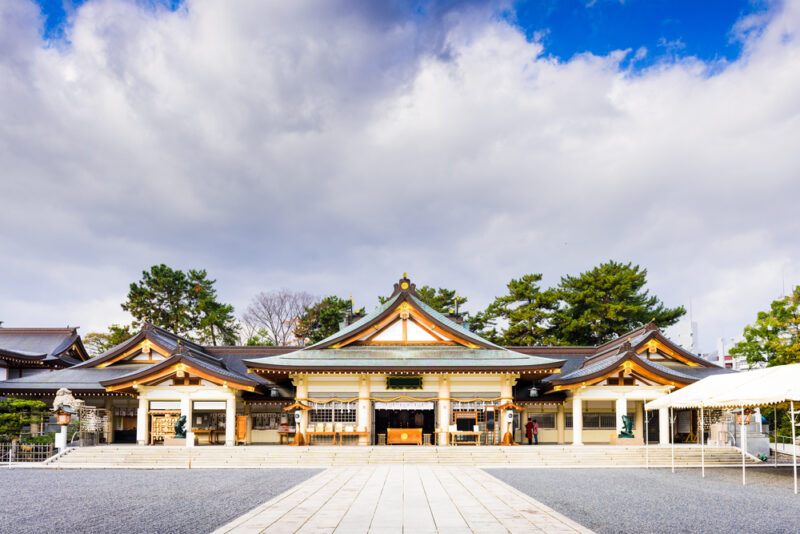
Gokoku Shrines are Shinto shrines that were built as places of worship for those who have died in the war, and Hiroshima’s Gokoku Shrine was originally built in 1868 to pray for the Hiroshima-han victims of the Boshin War.
Around 92,700 souls were enshrined in Hiroshima’s Gokoku Shrine, including the soldiers from the former aki-no-kuni (now known as western Hiroshima prefecture) who died in Japan’s war, and some 10,000 workers and volunteer corps in Hiroshima who lost their lives to the atomic bomb.
The shrine was destroyed in 1945 by the atomic bomb and was rebuilt on the current site within the grounds of Hiroshima Castle in 1956 using donations collected from Hiroshima’s citizens, and the current main building was rebuilt in 1995.
3. Senkoji Temple
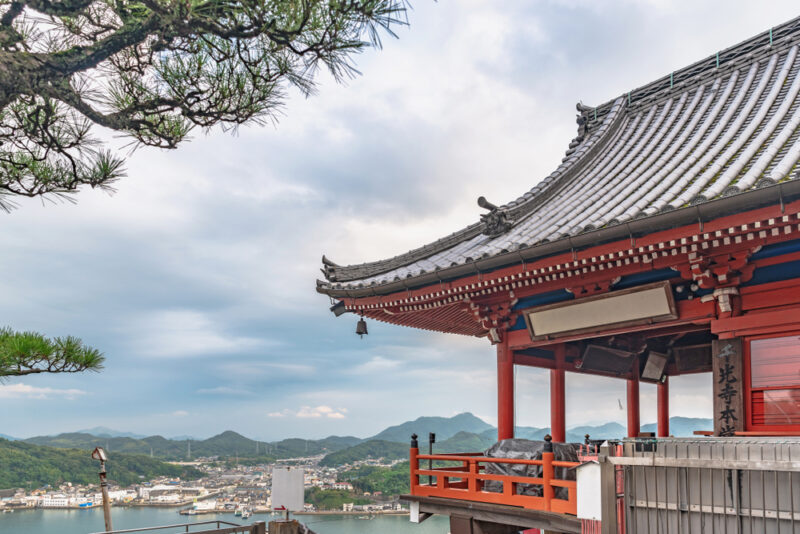
Senkoji is a Buddhist temple was built in the year 806, and the temple is particularly known for its scarlet-painted main hall and the bell. The temple is located on the mountainside of Mt. Senkojiyama.
The main building is called Akado, or red hall, and as the name suggests, it’s painted with a scarlet or bright vermillion red pigment. The building stands stunningly with beautiful nature such as the blue sky, sea, and a vast green forest.
There are various interesting spots in the temple, including Tama-no-iwa, or round stone, Kagami-iwa, or mirror stone, Toki-no-kane, or clock bell, and Sanjusan-Kannondo, 33 Kannon bodhisattva hall.
4. Houkoku Shrine
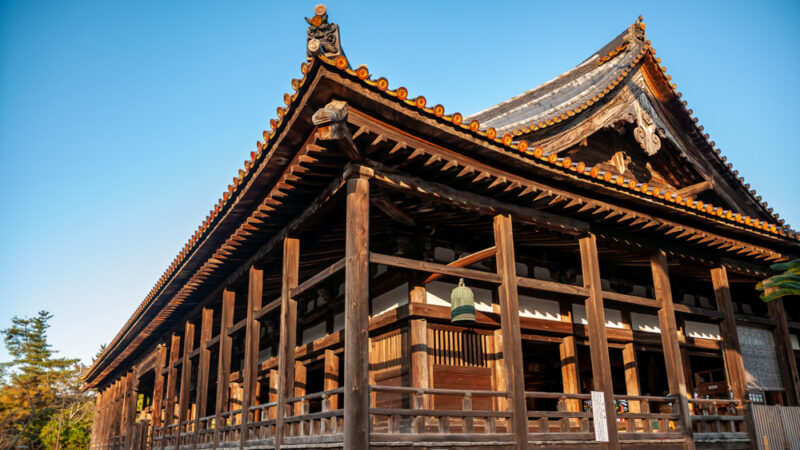
Houkoku Shrine, also known as Senjokaku, is a shrine built in 1587 by Hideyoshi Toyotomi as the large sutra hall for Itsukushima Shrine. However, due to the separation between Shintoism and Buddhism, the shrine later was renamed Houkoku Shrine.
The shrine is very huge as it can fit around 857 tatami mats, and due to its precious design, the shrine has been nationally designated as an Important Cultural Property of Japan. There are around 100 ema (votive pictures of horses) displayed in this shrine.
5. Itsukushima Shrine

Itsukushima Shrine is a shrine that sits on Miyajima Island, Hiroshima, and this centuries-old shrine is the source of both the island’s fame. Miyajima means “shrine island” in Japanese, and the shrine is known worldwide for its beautiful “floating” torii gate.
Unlike other shrines, Itsukushima Shrine’s torii gate is built over water, making it look like floating in the sea during high tide. The shrine grounds have multiple buildings, including a prayer hall, a main hall, and a theatre stage playing noh performances. All buildings are connected by boardwalks and supported by pillars above the sea.
Taira no Kiyomori, the most powerful man in Japan at the time, selected Miyajima, which has a long history as a holy site of Shinto, as the shit of his clan’s family shrine and built Itsukushima Shrine in 1168.
Itsukushima Shrine is located in a small inlet, while the Torii gate stands on the Seto Inland Sea. Visitors can enjoy exploring the shrine while looking out onto the sea from the pathways around the inlet. The shrine and the Torii gate are lit up daily after sunset until 23:00.
